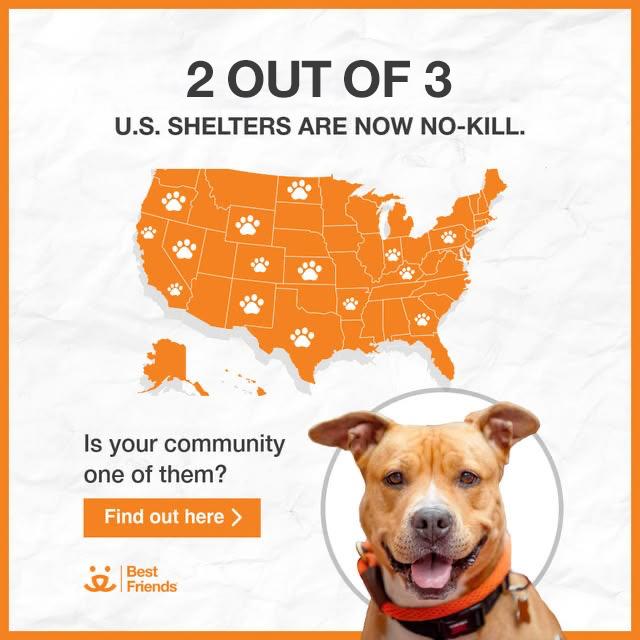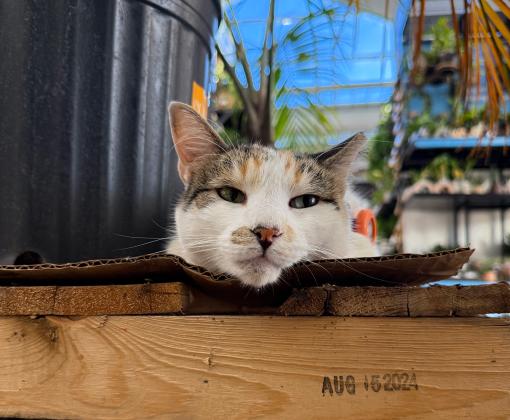
What to Do if You’ve Found a Lost/Stray Dog or Cat
And dogs and cats who go missing are much more likely to get back home if we take a few simple steps to help their people find them.
When lost pets are brought to shelters, the chance of them being reclaimed by their families is typically low. (The shelter might be miles away, the families might not know to check that shelter, etc.) So before bringing the animal to the shelter, first use the tips below as a guide to reunite a lost pet with their family.
Found a lost/stray dog?
And don’t judge appearances — if a lost dog has been roaming for even just a week or two, they could be dirty and skinny, appearing uncared for, even if they got away from a family who loves them.
1. Walk the dog around the neighborhood
Knock on doors and ask neighbors if they recognize the dog. Most lost dogs are found less than one mile from home. It’s possible they live nearby. Other folks, such as mail carriers, might also help crack the case.
2. Post photos of the dog on social media and neighborhood groups
Save time by posting them by using petcolove.org. Petco Love Lost is a free national service that uses photo-matching technology to reunite lost pets. It can make matches between any pets you post and multiple platforms, including local shelters’ found-pet databases, Nextdoor, and Neighbors by Ring, giving you the best chance to find or help a lost pet before taking them to the shelter.
You can also create flyers and hang them within a one-mile radius around the area where you found the dog.
3. Check the dog for a microchip.
Most veterinarians and pet supply stores have microchip scanners and will scan any found pet, free of cost.
4. File a found pet report.
Contacting your local shelter to alert them that you’ve found a lost dog will aid the shelter and the family if they call or go looking for them.

See how your community is doing
Found a lost/stray cat?
Many cats you notice outdoors aren’t actually lost. The cat might be someone’s pet and have an indoor/outdoor life, or they might not belong to anyone and simply live outdoors. If the cat seems healthy, comfortable, and confident outside, they're probably doing just fine and don't require your help. However, if the cat seems ill, injured, or stressed, they might indeed be lost. Please follow the steps for lost/stray dogs above if you find a cat you believe is lost.
If you find a cat missing the tip of an ear:
If the cat appears healthy and has an “ear tip” — i.e., the tip of one ear is missing — it means they're a community cat (a cat who prefers to live outdoors and not in a home with people). Ear-tipping is a surgical procedure to indicate that the cat has been sterilized and vaccinated against rabies through a trap-neuter-vaccinate-return (TNVR) program. Some community cats are friendly; others are unsocialized to people. It’s not necessary to bring a community cat to a shelter because they're most likely being looked after by people in the area. Please leave ear-tipped cats who appear healthy right where they are.
If you find kittens:
If you find a litter of kittens outdoors, don’t assume they’ve been abandoned by their mom. In most cases, mom will be back soon, and the kittens do not require help from humans. In fact, taking kittens to a shelter puts them at risk because most shelters don’t have the resources to provide the intensive care that young kittens need. The kittens’ best chance for survival is staying with their mother. Plan to monitor the kittens for signs of danger or distress, and then have the whole family spayed or neutered and vaccinated when the kittens are around 8 weeks old. A shelter or community cat program can help you determine whether you should intervene.

